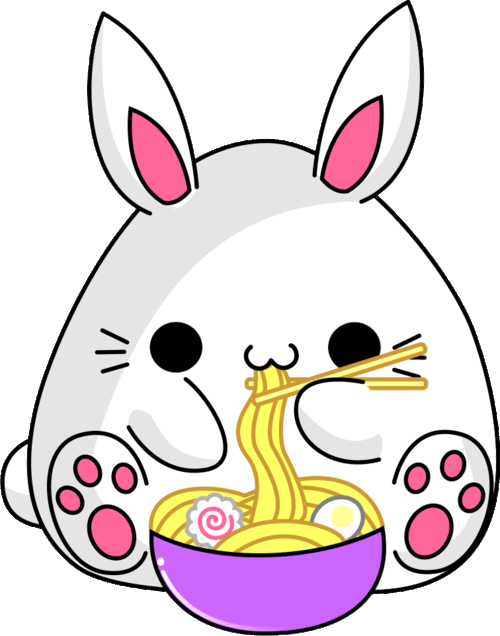WHAT IS KAWAII?

Kawaii (かわいい), is most commonly translated as “cute” or “adorable”. Kawaii is anything that stirs feelings of love, care, and protectiveness.
Japan’s culture of cute began in the 70s by teenage girls handwrite in a childish style. The writing was defined by the thickness of lines. Apart from the roundness of the letters, they also styled it with hearts, stars and cartoon faces. This way of writing was given many different names such as marui ji (round writing), koneko ji (kitten writing), and burikko ji (fake-child writing). Reading them wasn’t an easy and they were even banned from schools at a certain point.
The new aesthetic got quickly popular and expanded to prints on products. In 1974, the stationary company Sanrio launched the character of Hello Kitty.
Cuteness is everywhere in Japan. Clothing, food, entertainment, personal appearance and behavior. Anything with large heads, two wide eyes and small soft looking bodies with a hint of helplessness are considered kawaii. Kawaii characters are pastel colored, graphically simple, and childlike.
To behave in a kawaii way is to behave childlike and youthful. Smiling and giggling is a part of Kawaii behavior and the goal is to seem innocent and naive, weak and submissive, and utterly dependent on others.
Cuteness doesn’t stop with just teenage girls in Japan. Almost all major companies in Japan have a cute mascot that represents the company. Each of Japan’s 47 governmental offices has its own kawaii mascot. Even the Japanese police force has a mascot.
Cuteness is the total opposite of Japan’s harsh reality. Japanese people work very long hours and they are under enormous social pressure. Cuteness is cool and soothing for Japanese people and allows them an escape from the realities of their life.
かわいい
KAWAII
